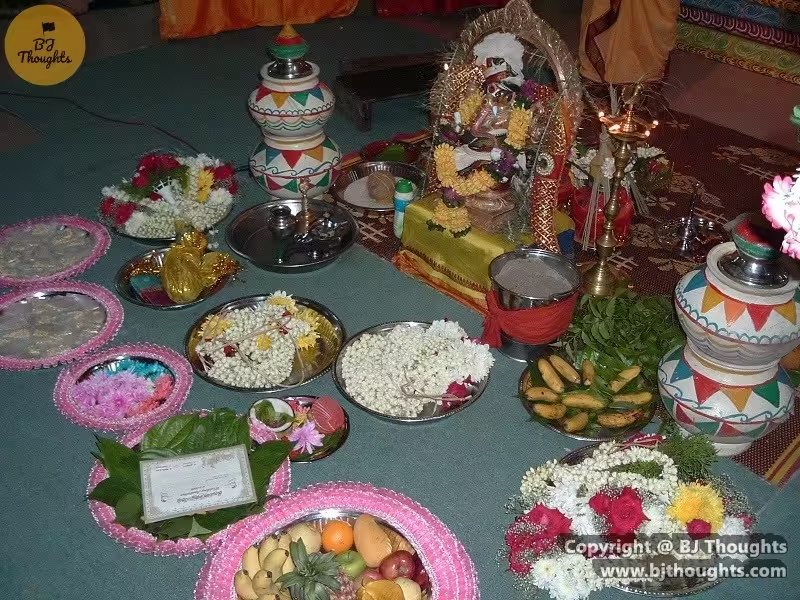
In Hindu engagements and weddings, one important tradition is the giving of dowries. These are gifts from the bride’s family to the groom’s, and they often include a variety of items such as sweets, snacks, and decorative accessories. These dowries are not just about the items themselves but also represent good wishes and blessings for the newlyweds’ future together. They are a way to honor the cultural heritage and bring families closer on this special occasion.
Read Part 1 of the engagement here
I suppose to load this post on the engagement yesterday but my mood was off yesterday – I hit a stupid motorcyclist on the way to work (the bugger decided to use an illegal shortcut in the highway). Thankfully there was no damage to my car (who cares about the stupid motorcyclist), otherwise, it would have meant more trouble for the motorcyclist.
In the evening, my customer meeting overran by a mere ten minutes. Little did I know, that this slight delay would cascade into a prolonged one-and-a-half-hour ordeal, trapped in the relentless snarl of traffic. As the minutes ticked by, the sea of brake lights before me served as a stark reminder of how even the smallest delays can disrupt our day’s rhythm. It was a frustrating lesson in the unpredictable nature of time management.
For my brother’s engagement ceremony, a convoy of six carloads was arranged to escort him in a grand procession. From our household alone, three vehicles were prepared, each filled to capacity with jubilant relatives eager to partake in the festivities. The remaining three cars, carrying equally excited family members, were designated to join the entourage at the temple’s entrance for the engagement, ensuring a magnificent arrival.
This show of support and unity was not only a testament to the joyous engagement but also a cherished tradition that underscored the significance of the event in our family’s history. The collective anticipation and enthusiasm were palpable as we set off, marking the beginning of a memorable day.
The engagement ceremony unfolded in the traditional Indian manner, marked by the vibrant customs and rituals that are typical of such joyous occasions. However, the unique setting of a temple added a divine touch to the event, attracting the attention of passersby and devotees present for their spiritual pursuits.
As the engagement ceremony progressed, the number of attendees swelled unexpectedly, with many of the temple’s visitors drawn in by the festive atmosphere. They joined the celebration, blurring the lines between the personal and the communal, and adding to the sense of unity and shared happiness. This spontaneous gathering of strangers united in celebration, underscored the ceremony’s auspicious nature and the temple’s role as a communal space for both sacred rites and joyous celebrations.
My son was usual of himself, wandering around the temple courtyard by himself (with a close watch from me and my wife of course). At one time, he went “missing” and we almost panicked but then we noticed him inside the priest’s house, lying on the long sofa and watching TV (he was making himself at home).
The food although was fully vegetarian (it was in a temple) was still good – surprisingly the cook from the small town was better than the big-name cooks in the Klang Valley (for those functions that I had attended so far). My son was tired by the time dinner was served – he had his favourite “papadams” and that’s it. Later I saw him arranging the plastic chairs and lied down to sleep. I had to carry him to the car when we were leaving for he had dozed off.
It was a tiring night for everyone.